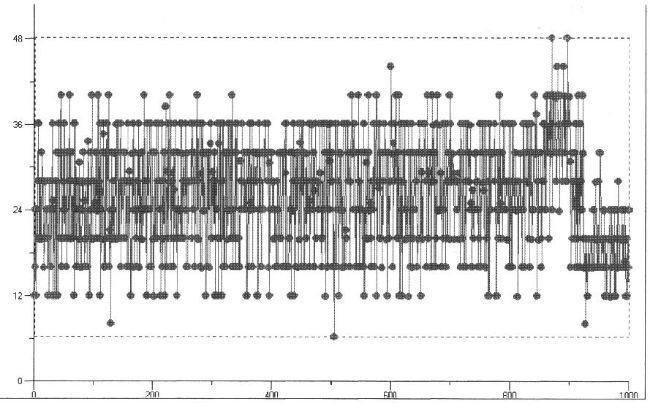
ELF VERIFIED IN UTAH
A concerned citizen from Utah has constructed an Extremely Low Frequency (ELF) receiver circuit similar to that used by Carnicom in previous works on this topic. This person’s work further corroborates the existence of geometrically arranged ELF propagation at multiples of 4Hz. This citizen’s data is graphed on this page. Additional efforts by other citizens in other locations across the nation and globe are encouraged, and will help assess the breadth and scope of these emissions. Readers may wish to review several papers on the Carnicom.com site that disclose the role that the HAARP facility assumes in ELF emissions, as well as the health issues associated with that energy form.








